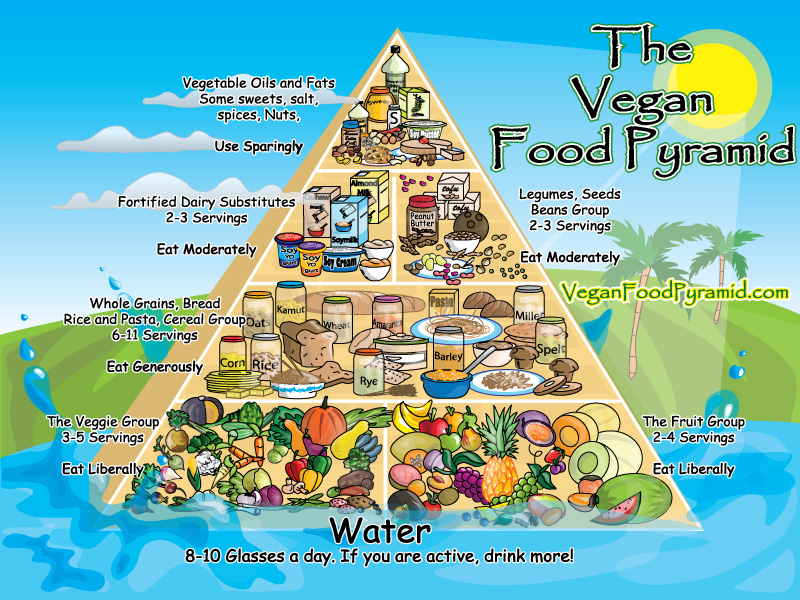By Tara Parker-Pope, The New York Times, April 22, 2012
From Bill Clinton toEllen DeGeneres, celebrities are singing the
benefits of a vegan diet. Books that advocate plant-based eating are best
sellers. But is eliminating meat and dairy as simple as it sounds?
As countless aspiring vegans are discovering, the switch from omnivore
to herbivore is fraught with physical, social and economic challenges - at
least, for those who don't have a personal chef. The struggle to give up
favorite foods like cheese and butter can be made all the harder by harsh words
and eye-rolling from unsympathetic friends and family members. Substitutes like
almond milk and rice milk can shock the taste buds, and vegan specialty and
convenience foods can cost two to three times what their meat and dairy
equivalents do. And new vegans quickly discover that many foods in grocery
stores and on restaurant menus have hidden animal ingredients.
''The dominant social-cultural norm in the West is meat consumption,''
said Hanna Schösler, a researcher in the Institute for Environmental Studies at
Vrije University in Amsterdam, who has studied consumer acceptance of meat
substitutes. ''The people who want to shift to a more vegetarian diet find they
face physical constraints and mental constraints. It's not very accepted in our
society not to eat meat.''
Still, the numbers are substantial, according to according to a 2008
report in Vegetarian Times. Three percent of American adults, 7.3 million
people, follow a vegetarian diet, and one million of them are vegans, who eat
no animal products at all - no meat, fish, eggs, milk, cheese, even honey. (And
23 million say they rarely eat meat.)
No one knows how many people have tried and failed to switch to vegan
or vegetarian diets, but the popularity of books like ''The China Study'' and
the ''Skinny Bitch'' series suggests that interest is growing. New vegans often
cite Robert Kenner's 2008 documentary ''Food, Inc.,'' which offers an
unsettling view of corporate farming and the toll it takes on animals, the environment
and human health.
Megan Salisbury, 33, a social work student in Phoenix, says she
prefers plant-based eating but can manage it only about 75 percent of the time.
The vegan options at the campus cafeteria are limited and often expensive, and
she has to drive 20 miles to find stores with vegan specialty foods for
cooking.
''I really enjoy eating the way I do,'' she said. ''But even a box of
Gardenburgers is $4 - which doesn't seem expensive, but when you compare it to
the meat counterparts, it's so much more.''
Frustrating, too, is the lack of social support. When Ms. Salisbury
baked vegan doughnuts to share with her family, ''they said things like, 'I'm
going to go eat some eggs now,' '' she said. ''They were very condescending.
They don't understand and don't make any effort to understand.''
New vegans say it's hard to give up favorite foods and adjust to the
taste of substitutes for butter and dairy products. For Linda Walsh of
Wilmington, Vt., who was a vegetarian for 30 years before recently switching to
a vegan diet, the toughest thing was giving up cheese. ''I have become vegan
anyway,'' she said. ''But I think a great vegan cheese alternative will make
for many, many more converts.''
Giving up favorite foods is never easy, food scientists say, for it
means overriding taste preferences imprinted on the brain during a lifetime of
eating. ''In most American adults, meat intake has been associated since
childhood with pleasurable nutritional effects,'' said France Bellisle, an
eating behavior researcher in Paris. ''Liking for meats has been learned and
reinforced over years. Any substitute would have to mimic the total sensory
experience elicited by meats.
''It always takes more motivation to change any type of behavior than
to go on with old habits,'' she added.
Dairy products are particularly difficult to replace, says Daniel
Granato, a researcher at the Federal University of Paraná, Brazil, because the
intrinsic attributes of dairy foods come from proteins and fats that are
difficult to mimic in a nondairy substitute. And because people start consuming
these foods in infancy, the taste preference is deeply ingrained.
''Usually dairy products made with milk fat are softer and present a
very pleasant viscosity and texture,'' Dr. Granato said. ''Consumers do feel
the difference between milk-based and soy-based products. And once their first
reference is milk-based products, they tend to reject plant-based products made
with oat and soy or other vegetable-based food.''
Vegan ingredients and cooking techniques can be overwhelming for
beginners, even if the changes are relatively small. Substitutes like
vegetarian margarine and nutritional yeast can impart an unaccustomed nutty or
cheesy flavor. Another method for making vegan foods creamy or cheesy involves
soaking and blending cashews.
''The one I found weird was miso paste,'' Ms. Salisbury said. ''I used
it in stuffed shells, but I haven't really mastered what it's for, but I think
it's to help consistency.''
Despite the challenges of plant-based eating in a meat-based world,
would-be vegans say they will keep trying. Mary Bandrowski, 50, of Bainbridge
Island in Washington, says she has been eating mostly vegetarian for years, but
in the past few weeks has been moving to veganism after reading ''Eat to Live,''
by Dr. Joel Fuhrman. She is also trying to push her family to eat fewer animal
foods.
''I think my whole family should do this because I think it's better
for them,'' she said. ''But my husband is the Midwest meat-and-potatoes man.
Coming home to vegetable-stuffed green peppers doesn't turn him on as much as a
steak and baked potato would.''

No comments:
Post a Comment